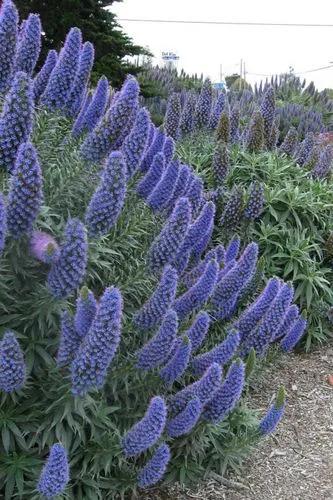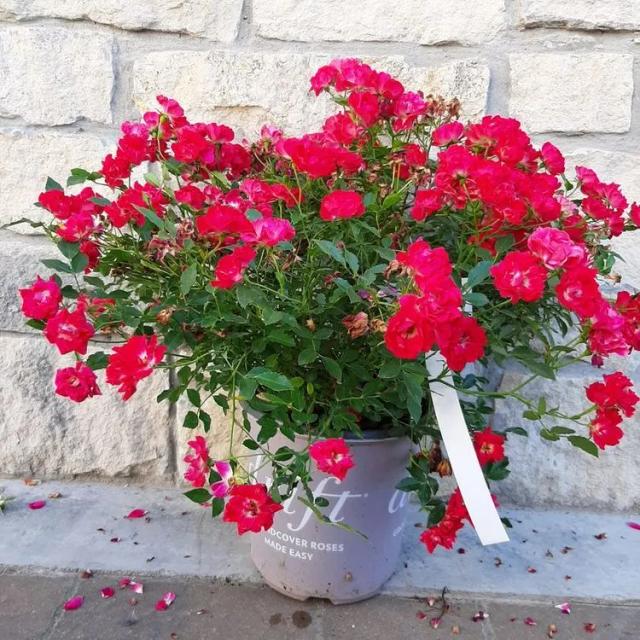Chrysanthemum indicum is a flowering plant commonly called Indian chrysanthemum, within the family Asteraceae and genus Chrysanthemum. The Indian Chrysanthemum is one of the parents of the famous 'Mothers Chrysanthemum'.
Indian chrysanthemum Care
Chrysanthemum indicum



Chrysanthemum indicum grows up to 0.6 m (24 in) by 0.6 m (24 in). It usually blooms from August to October. It must be grown outside under sunlight with moist soil. They normally have yellow or white flowers with yellow pollen. The name Chrysanthemum comes from two Greek words, ‘chrysos’ meaning ‘gold’ and ‘anthos’ meaning ‘flower’. Literally, it means golden flower.
How to Care for the Plant

Water

Early in the season mums should be watered like your lawn, about one inch a week. As the plants increase in size and summer brings warmer temperatures, your watering should increase proportionately. By flowering time in September and October, watering three times a week would not be too much.

Pruning

It is important because damaged leaves and stems can actually be an energy drain on your plant. By removing those dead parts, you're taking some of that work off your plant’s plate and allowing it to divert its energy into healthy leaves and new growth!

Fertilizer

Simply apply the fertilizer around the base of the plant, extending to the drip line. For vegetables, place the fertilizer in a strip parallel to the planting row. Water-soluble fertilizers are faster acting but must be applied more frequently. This method gives plants food while you water.

Sunlight

The partial sun generally means less than six and more than four hours of sun per day. Plants for the partial sun will do well in a location where they receive a break from the sun each day. They like the sun but will not tolerate a full day of it and need at least some shade each day.

Soil

Loam soils are best for plant growth because sand, silt, and clay together provide desirable characteristics.

Temperature

These plants can handle temperatures down to −10°C (14°F). In general, temperatures between 50°F-60°F are ideal.

Container

Whether your potted plants are indoors or outdoors, proper drainage is an essential element to ensure they stay healthy.

Popularity

12,151 people already have this plant 2,054 people have added this plant to their wishlists
Discover more plants with the list below
Popular articles






